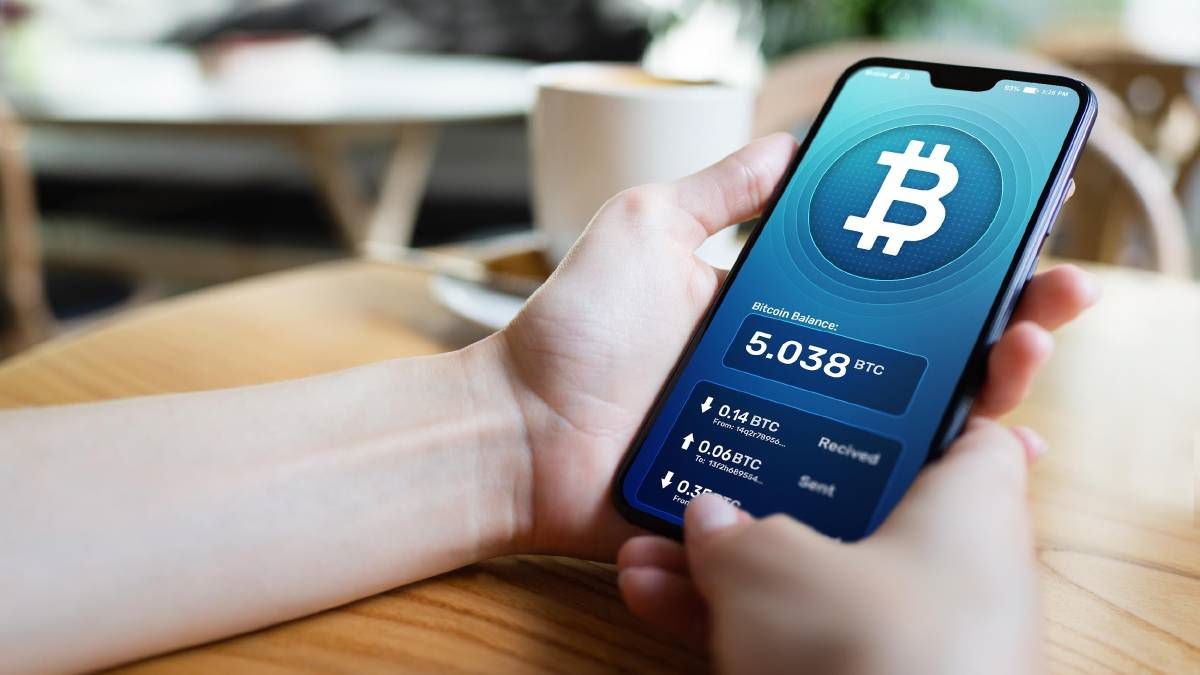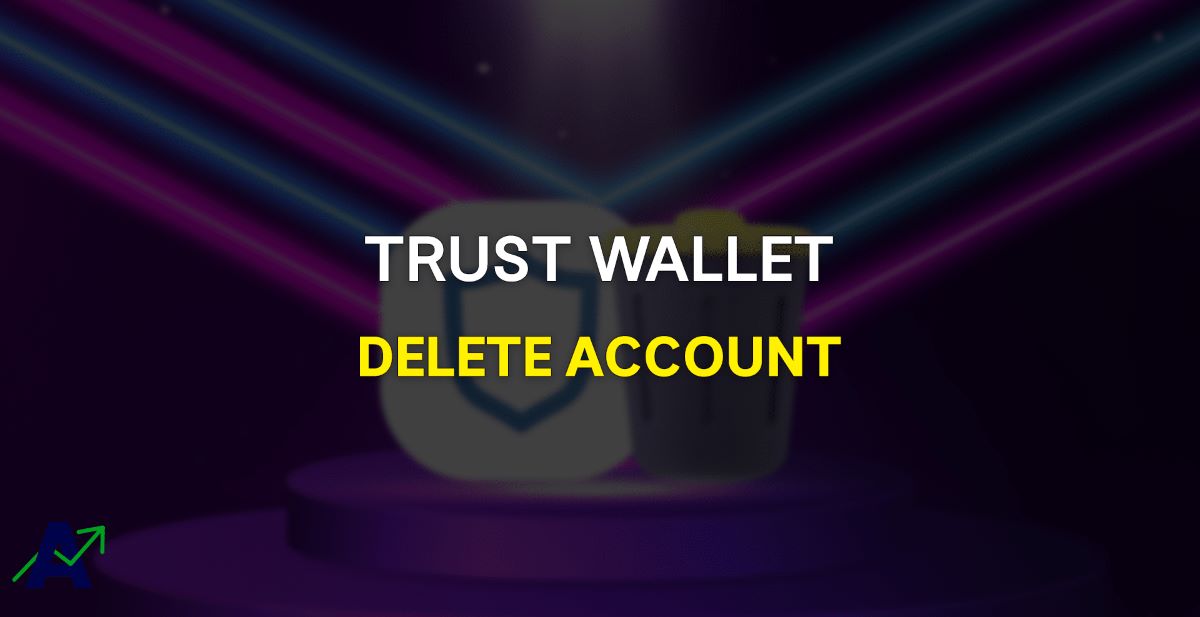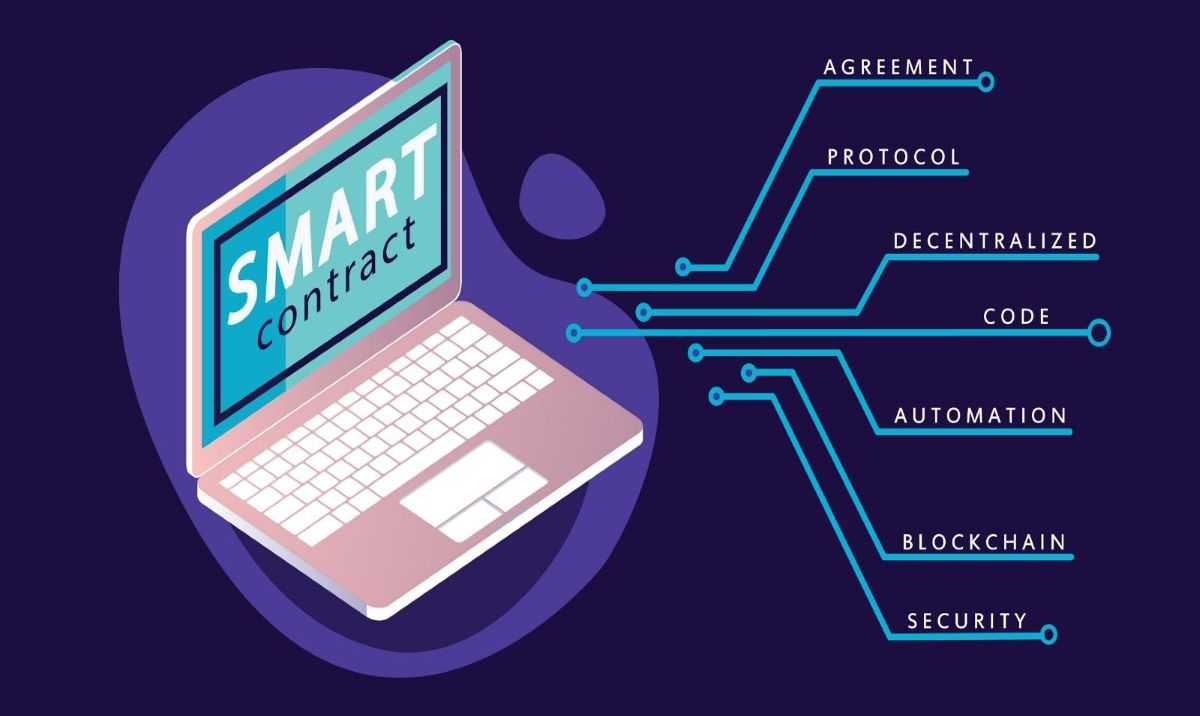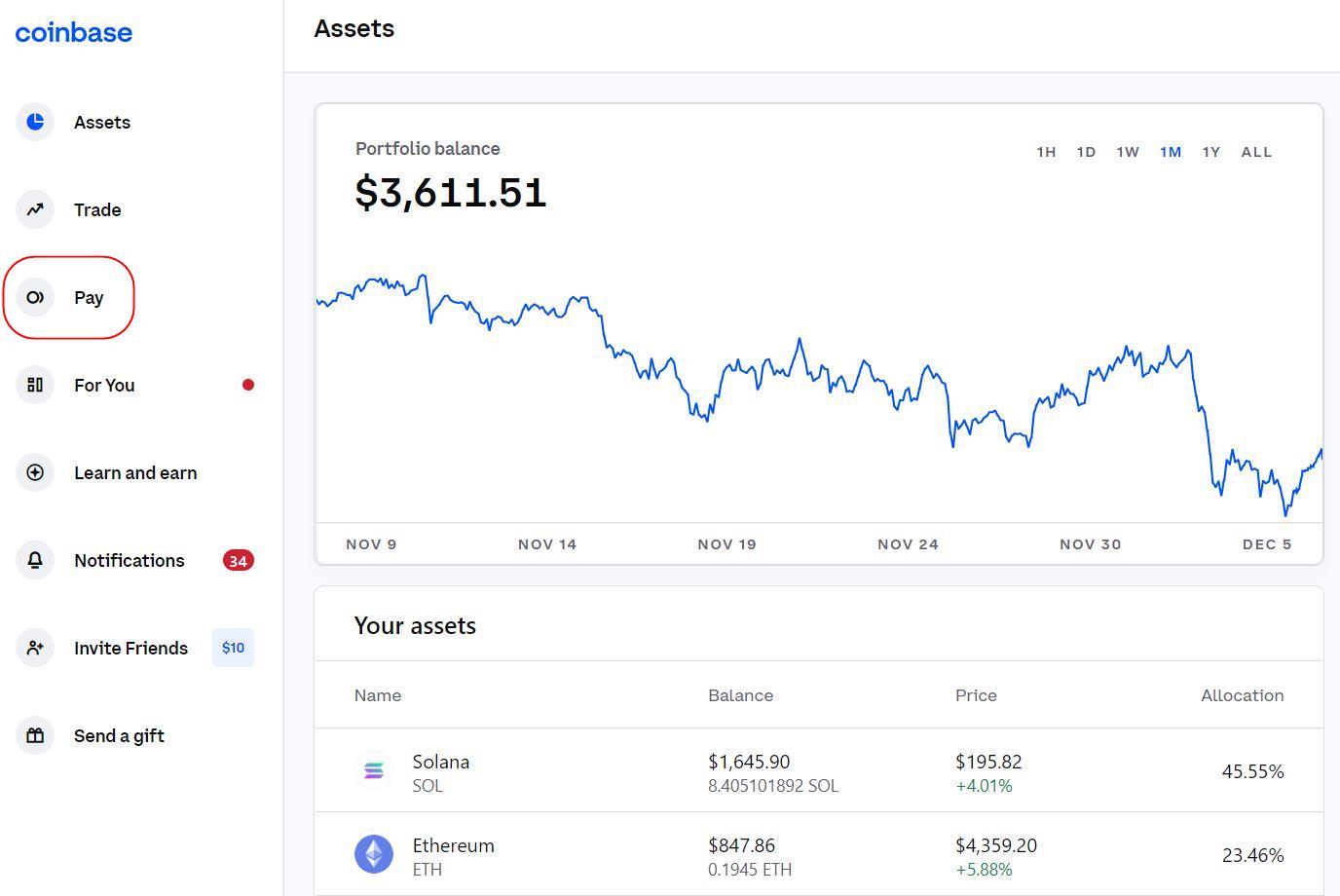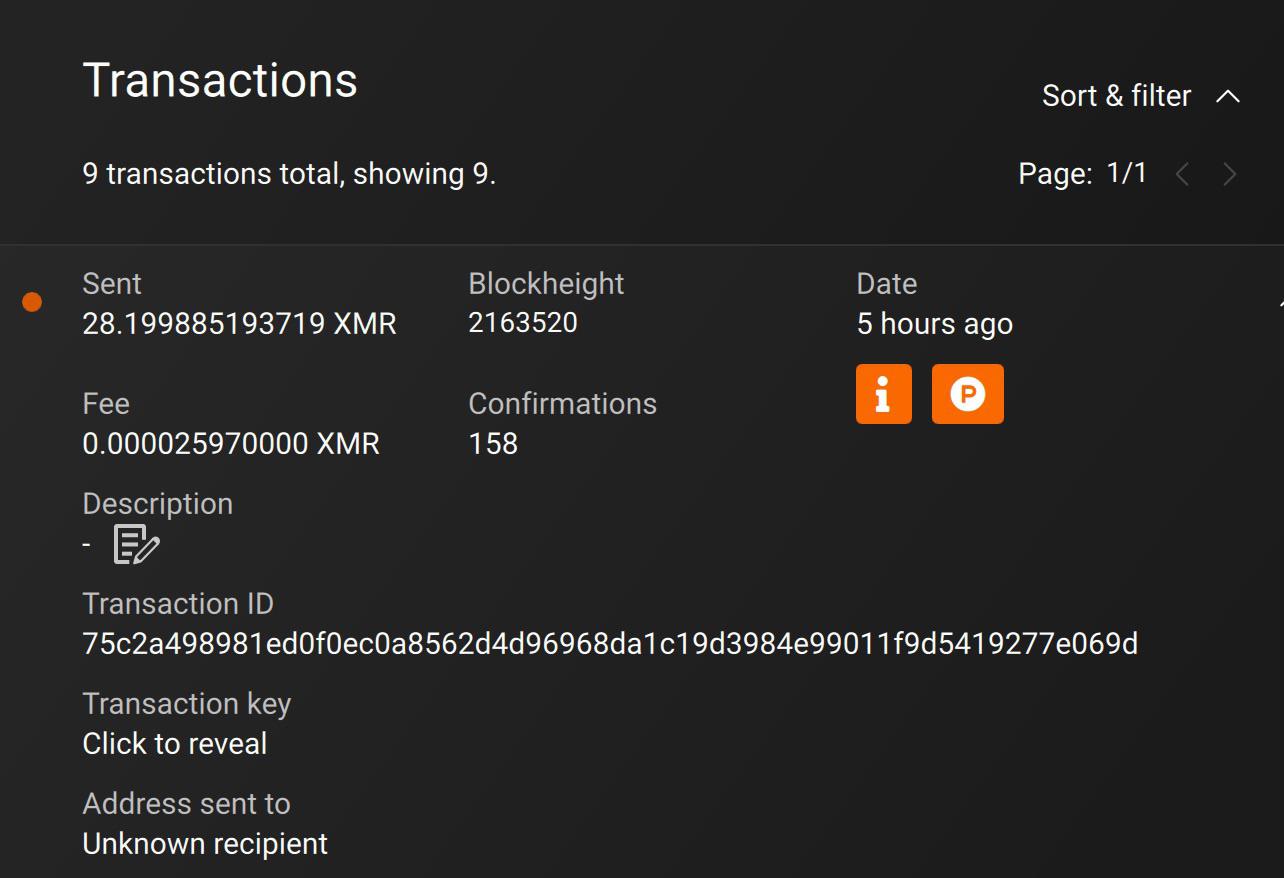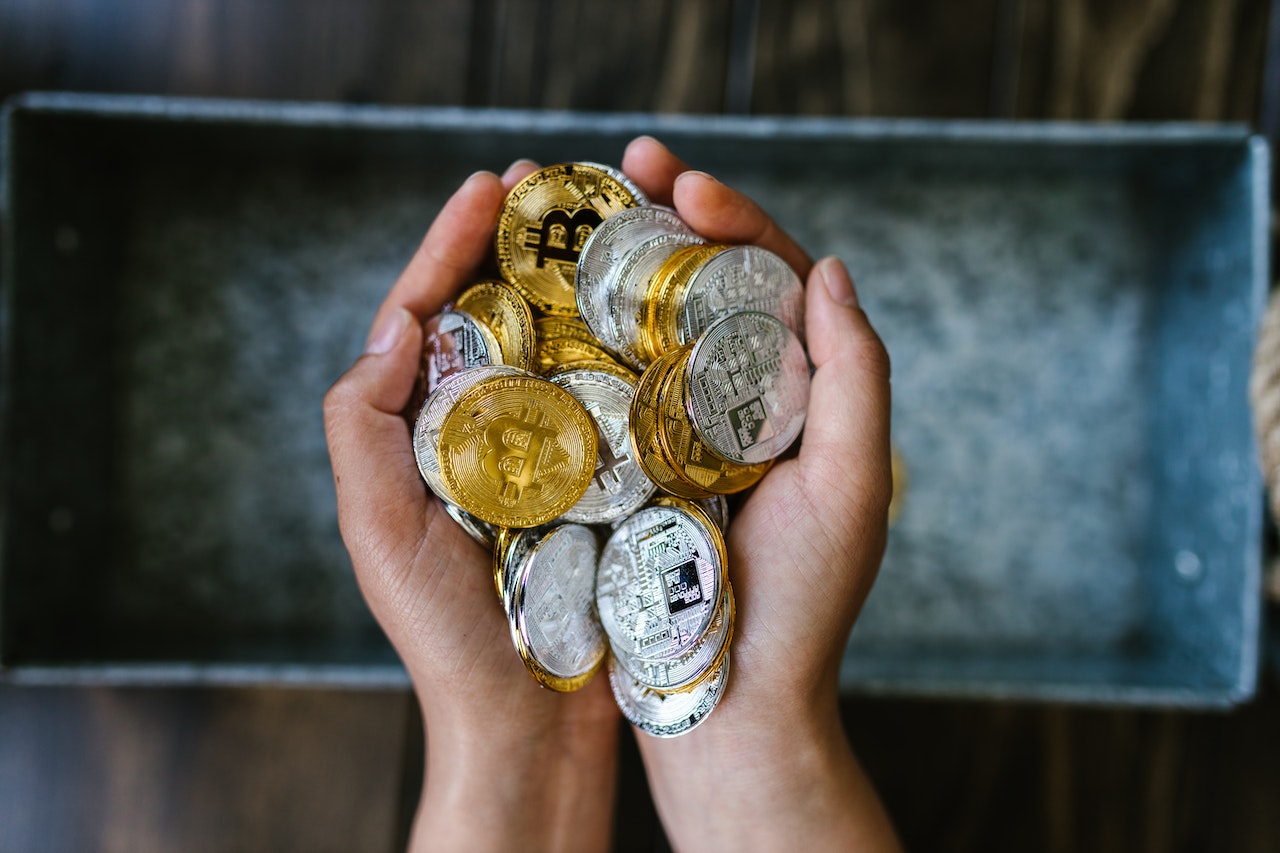

Finance
How To Create A Blockchain Wallet
Published: October 23, 2023
Learn how to create a secure blockchain wallet for your finance needs. Safely store and manage your digital assets with our step-by-step guide.
(Many of the links in this article redirect to a specific reviewed product. Your purchase of these products through affiliate links helps to generate commission for LiveWell, at no extra cost. Learn more)
Table of Contents
Introduction
Welcome to the fascinating world of blockchain technology and the concept of decentralized finance (DeFi). In recent years, cryptocurrencies have gained significant traction, and as a result, the need for secure storage solutions has become paramount. This is where blockchain wallets come into play.
A blockchain wallet is a digital wallet that allows you to safely store, send, and receive cryptocurrencies. Unlike traditional wallets, which hold physical currency, a blockchain wallet securely stores your private keys, which are needed to access your digital assets. This ensures that your funds are protected from theft or unauthorized access.
Blockchain wallets have revolutionized the way we transact with digital currencies. With their decentralized nature and strong encryption protocols, they provide a level of security and control that was previously unheard of in traditional banking systems.
In this article, we will explore the concept of blockchain wallets in detail, highlighting their benefits, the different types available, and how to set up and secure your own blockchain wallet. Whether you are a seasoned cryptocurrency investor or just starting your journey, this guide will equip you with the knowledge to navigate the world of blockchain wallets with confidence.
What is a Blockchain Wallet?
A blockchain wallet, also known as a digital wallet or crypto wallet, is a software application that allows individuals to securely store, manage, and interact with their cryptocurrencies. It acts as a virtual wallet, holding the private and public keys necessary to access and transact with different blockchain networks.
Essentially, a blockchain wallet functions as your interface to the blockchain. It stores your private keys, which are cryptographic codes that grant you ownership and control over your digital assets. These private keys are essential for signing transactions and proving ownership when you want to send or receive cryptocurrency.
The wallet also generates public keys, which are used to receive funds. Think of it as your bank account number in the cryptocurrency world. When you want to receive funds from someone, you provide them with your public key or wallet address.
One important aspect of blockchain wallets is that they do not actually store the cryptocurrencies themselves. Instead, they store the private keys that allow access to the funds on the blockchain. The blockchain network itself keeps a record of all transactions and balances.
Blockchain wallets come with different features and functionality, depending on the provider and the type of wallet. Some wallets offer multi-currency support, allowing you to store and manage various cryptocurrencies in one place. Others offer additional security features, such as two-factor authentication or hardware wallet integration.
It’s important to note that there are different types of blockchain wallets, including hot wallets and cold wallets. Hot wallets are connected to the internet, making them easily accessible for day-to-day transactions. Cold wallets, on the other hand, are offline devices that provide an extra layer of security by keeping your private keys offline.
Overall, a blockchain wallet is a crucial tool for anyone looking to engage in cryptocurrency transactions. It provides a secure and user-friendly way to store, manage, and interact with your digital assets, ensuring that you remain in control of your funds at all times.
Benefits of a Blockchain Wallet
Blockchain wallets offer numerous benefits that make them a popular choice among cryptocurrency enthusiasts. Here are some of the key advantages:
- Security: Blockchain wallets provide a high level of security for your digital assets. The private keys stored in the wallet are encrypted and protected from unauthorized access. Additionally, most wallets employ advanced security measures such as two-factor authentication and biometric verification to further enhance the security of your funds.
- Control: With a blockchain wallet, you have full control over your funds. You are your own bank, which means you don’t have to rely on traditional financial institutions to manage or access your cryptocurrencies. You can send, receive, and manage your digital assets on your own terms.
- Accessibility: Blockchain wallets can be accessed from anywhere, as long as you have an internet connection. This makes it convenient to manage your funds and perform transactions on the go. Whether you’re using a web-based wallet, a mobile app, or a hardware wallet, your funds are always at your fingertips.
- Transparency: Blockchain technology is built on the principle of transparency. All transactions recorded on the blockchain are visible to the public, and anyone can verify the authenticity of a transaction. This transparency ensures the integrity of the network and protects against fraud.
- Privacy: While transactions on the blockchain are transparent, blockchain wallets provide a level of privacy for the wallet holders. Wallet addresses are pseudonymous, meaning that they do not reveal your real-world identity. This offers a certain degree of privacy and anonymity when transacting with cryptocurrencies.
- Global Accessibility: Blockchain wallets transcend geographical boundaries. No matter where you are in the world, as long as you have an internet connection, you can send and receive cryptocurrencies. This global accessibility opens up new possibilities for cross-border transactions and financial inclusion.
- Diversification: With a blockchain wallet, you can easily diversify your cryptocurrency holdings. Most wallets support multiple cryptocurrencies, allowing you to store, manage, and transact with various digital assets from a single platform. This flexibility enables you to take advantage of different investment opportunities and strategies.
These benefits make blockchain wallets an essential tool for anyone interested in cryptocurrencies. Whether you’re a seasoned trader or a novice investor, having a secure and user-friendly wallet is crucial for managing and safeguarding your digital assets.
Types of Blockchain Wallets
There are several types of blockchain wallets available, each with its own unique features and level of security. Let’s explore the most common types:
- Desktop Wallets: Desktop wallets are software applications that you can download and install on your computer. They offer a higher level of security compared to online wallets as they are not connected to the internet all the time. Some popular desktop wallets include Electrum, Exodus, and Atomic Wallet.
- Mobile Wallets: Mobile wallets are designed to run on smartphones and tablets. They provide convenience as you can manage your cryptocurrency on the go. Mobile wallets are connected to the internet, so it’s important to choose a reputable wallet with strong security features. Examples of mobile wallets include Trust Wallet, Mycelium, and Edge.
- Web Wallets: Web wallets, also known as online wallets, are accessed through a web browser. They are hosted on a remote server and can be accessed from any device with an internet connection. Web wallets offer convenience but have slightly higher security risks compared to desktop or hardware wallets. Some well-known web wallet providers include MetaMask, MyEtherWallet, and Coinbase Wallet.
- Hardware Wallets: Hardware wallets are physical devices specifically designed to store cryptocurrencies. They offer the highest level of security as they keep the private keys offline. Hardware wallets are protected by robust encryption and require physical confirmation for transactions. Popular hardware wallet brands include Ledger and Trezor.
- Paper Wallets: Paper wallets involve printing out your private and public keys on a physical piece of paper. This is considered one of the most secure methods as it keeps your keys offline. However, paper wallets can be susceptible to damage or loss, so it’s crucial to store them in a secure and water-resistant location.
Each type of wallet has its pros and cons, and it’s essential to choose one that aligns with your security needs and usability preferences. Some users prefer the convenience of mobile wallets, while others prioritize the maximum security offered by hardware wallets. It’s important to thoroughly research and understand the features and risks associated with each type before making a decision.
Remember, regardless of the type of wallet you choose, it’s essential to keep your private keys secure and backup your wallet regularly. This will protect you from potential loss or theft of your digital assets.
Setting Up Your Blockchain Wallet
Setting up a blockchain wallet is a relatively straightforward process. While the specific steps may vary depending on the wallet provider, the general process remains the same. Here are the basic steps to get started:
- Choose a Wallet Provider: Research and choose a reliable and secure wallet provider that suits your needs. Consider factors such as security features, supported cryptocurrencies, user experience, and customer reviews.
- Download or Access the Wallet Application: Depending on the type of wallet you’ve chosen, download the software application on your desktop or mobile device. If you’ve opted for a web wallet, access it through your web browser.
- Create a New Wallet: Click on the “Create New Wallet” or “Sign Up” option to start the registration process. You’ll typically be asked to provide a strong password. Be sure to choose a unique and complex password to enhance the security of your wallet.
- Securely Store Your Recovery Phrase: During the wallet creation process, you’ll be given a recovery phrase or seed phrase. This is a series of randomly generated words that act as a backup for your wallet. Write down this recovery phrase and store it in a secure location. Do not share it with anyone, as it can be used to access your wallet and funds.
- Verify Your Email or Mobile Number: Some wallets may require verification of your email or mobile number for added security. Follow the instructions provided by the wallet provider to complete this step.
- Set Up Two-Factor Authentication (2FA): Enable two-factor authentication if the wallet offers this feature. 2FA adds an extra layer of security by requiring a second verification step, such as a code sent to your mobile device or generated by an authenticator app.
- Start Receiving and Sending Cryptocurrency: After setting up your wallet, you’ll be assigned a wallet address. This address is essential for receiving funds. Share your wallet address with others when you want to receive cryptocurrency. To send funds, you’ll need the recipient’s wallet address.
It’s important to note that when setting up your wallet, you may be asked to go through a Know Your Customer (KYC) process, which involves providing additional personal information to comply with regulatory requirements. KYC is often required for web wallets and cryptocurrency exchanges.
Remember to keep your wallet software up to date with the latest version and regularly back up your wallet to ensure the safety of your funds. Following these steps will help you set up your blockchain wallet and start securely managing your cryptocurrencies.
Securing Your Blockchain Wallet
Securing your blockchain wallet is of utmost importance to protect your digital assets from unauthorized access or loss. Here are some essential steps to enhance the security of your wallet:
- Use Strong Authentication: Enable two-factor authentication (2FA) whenever possible. This adds an extra layer of security by requiring a second form of verification, such as a code sent to your mobile device or generated by an authenticator app.
- Create a Strong Password: Choose a unique and complex password for your wallet. Avoid using common phrases or easily guessable information. Include a mix of uppercase and lowercase letters, numbers, and special characters. The longer and more random your password, the more secure it is.
- Keep Your Software Updated: Regularly update your wallet software to the latest version. Wallet developers often release updates to address security vulnerabilities and improve overall functionality. Staying up to date ensures that you have the latest security enhancements.
- Enable Wallet Encryption: Some wallets offer the option to encrypt your wallet with a user-defined passphrase. This adds an extra layer of protection to your private keys stored in the wallet. In the event that someone gains unauthorized access to your computer or device, they would still need the passphrase to access your funds.
- Backup Your Wallet: Regularly backup your wallet to ensure that you can restore your funds in case of loss or device failure. Follow the backup instructions provided by your wallet provider. Store your backup in a secure location, such as an external hard drive or a hardware wallet.
- Be Cautious of Phishing Attempts: Be vigilant of phishing attempts where malicious individuals try to trick you into revealing your wallet information or recovery phrase. Always double-check the URLs you visit, and never click on suspicious links or download files from untrusted sources.
- Use a Hardware Wallet: Consider using a hardware wallet for an added layer of security. Hardware wallets store your private keys offline, making it virtually impossible for hackers to access your funds remotely. Ledger and Trezor are two well-known hardware wallet brands.
- Secure Physical Access: If you’re using a desktop or hardware wallet, ensure physical security of your device. Keep it in a safe and secure location, protecting it from theft or unauthorized access.
By following these security measures, you can significantly reduce the risk of your blockchain wallet being compromised. Remember, the key to ensuring the safety of your digital assets lies in your hands. Stay cautious, be proactive, and prioritize the security of your wallet at all times.
Sending and Receiving Cryptocurrency with Your Blockchain Wallet
Once you have set up and secured your blockchain wallet, you can start sending and receiving cryptocurrency. Here’s how:
Receiving Cryptocurrency:
- Share Your Wallet Address: To receive cryptocurrency, provide your wallet address to the sender. Your wallet address acts as your unique identifier on the blockchain network. Depending on the wallet you’re using, you can usually find your wallet address by navigating to the “Receive” or “Account” section of your wallet.
- Double-Check the Address: Before sharing your wallet address, double-check it to ensure accuracy. Cryptocurrency transactions are irreversible, so any funds sent to an incorrect address may be lost permanently.
- Wait for Confirmation: Once the sender initiates the transaction, it will be broadcasted to the blockchain network. Confirmations may be required, depending on the cryptocurrency. Wait for the required number of confirmations to ensure the transaction is complete. The number of confirmations varies for different cryptocurrencies.
- Check Your Wallet Balance: Once the transaction is confirmed, the cryptocurrency will be added to your wallet balance. You can check your wallet balance to verify the receipt of funds.
Sending Cryptocurrency:
- Access the Sending Option: To send cryptocurrency from your wallet, navigate to the “Send” or “Send/Transfer” section of your wallet.
- Enter the Recipient’s Address: Enter the recipient’s wallet address to which you want to send the cryptocurrency. Ensure the address is accurate to avoid sending funds to the wrong wallet.
- Specify the Amount: Enter the amount of cryptocurrency you want to send. Some wallets also allow you to specify the currency type, such as BTC for Bitcoin or ETH for Ethereum.
- Double-Check the Details: Review the transaction details, including the recipient’s address and the amount, to ensure accuracy.
- Initiate the Transaction: Confirm the transaction and submit it. Depending on the wallet and the cryptocurrency network, you may be required to pay a transaction fee.
- Wait for Confirmation: Once the transaction is submitted, it will be verified and added to the blockchain network. Wait for the required number of confirmations to ensure the transaction is successfully completed.
It’s important to keep in mind that different cryptocurrencies may have varying transaction times and fees. Additionally, some wallets may offer additional features such as memo or tag fields to specify additional information when sending or receiving funds.
Always review the transaction details carefully before confirming any cryptocurrency transfer. Once a transaction is initiated on the blockchain, it cannot be easily reversed or canceled.
By following these steps, you can easily send and receive cryptocurrency using your blockchain wallet, allowing you to take full advantage of the benefits and opportunities offered by the digital currency ecosystem.
Tips for Using a Blockchain Wallet Safely
Ensuring the safety and security of your blockchain wallet is crucial in protecting your cryptocurrency assets. Here are some important tips to use your wallet safely:
- Keep Your Wallet Software Updated: Regularly update your wallet software to the latest version. Wallet developers often release updates to address security vulnerabilities and enhance the overall security of the wallet.
- Use Strong and Unique Passwords: Select a strong and unique password for your wallet. Avoid using easily guessable information and consider using a password manager to securely store your passwords.
- Enable Two-Factor Authentication (2FA): Enable 2FA if your wallet supports it. This adds an extra layer of security by requiring a second form of verification, such as a code generated by an authenticator app or sent to your mobile device.
- Be Cautious of Phishing Attempts: Be vigilant and watch out for phishing attempts, where malicious individuals try to trick you into revealing your wallet information or recovery phrase. Be cautious of suspicious emails, links, or messages, and verify the authenticity of any communication before taking any action.
- Backup Your Wallet and Private Keys: Regularly backup your wallet and private keys and store them in secure offline locations, like external hard drives or hardware wallets. This ensures that you can recover your funds in case of device failure or loss.
- Keep your Private Keys Offline: Do not share your private keys or recovery phrase with anyone. Keeping them offline and securely stored ensures that no one else can gain access to your wallet and funds.
- Use a Hardware Wallet: Consider using a hardware wallet for enhanced security. Hardware wallets store your private keys offline and provide an added layer of protection against hacking attempts.
- Double-Check Wallet Addresses: When sending or receiving cryptocurrency, always double-check the wallet addresses to ensure accuracy. Sending funds to the wrong address can result in permanent loss.
- Use Secure Networks: Avoid using public or unsecured Wi-Fi networks when accessing your wallet. Use a secure and encrypted network to minimize the risk of unauthorized access to your wallet or private information.
- Educate Yourself: Stay informed about the latest security practices and developments in the cryptocurrency world. Stay updated on potential threats and scams and ensure that you understand the risks and precautions associated with using a blockchain wallet.
By following these tips, you can significantly enhance the safety and security of your blockchain wallet. It’s important to remain proactive in safeguarding your cryptocurrency assets to prevent any potential loss or unauthorized access.
Conclusion
Blockchain wallets are essential tools for anyone interested in safely storing and transacting with cryptocurrencies. They provide a secure means of managing and controlling digital assets, allowing you to participate in the decentralized finance (DeFi) ecosystem. Throughout this guide, we have explored the concept of blockchain wallets, their benefits, the different types available, and how to set up and secure your own wallet.
By leveraging the security features and accessibility provided by blockchain wallets, you can take full control of your funds and engage in cryptocurrency transactions with confidence. The ability to send and receive digital currencies seamlessly opens up new opportunities for investment, payments, and financial inclusion on a global scale.
However, it’s important to remember that while blockchain wallets offer strong security measures, the responsibility of safeguarding your funds lies with you. Implementing best practices such as using strong passwords, enabling two-factor authentication, regularly backing up your wallet, and being cautious of phishing attempts are crucial in ensuring the safety of your digital assets.
As the world of cryptocurrencies continues to evolve, staying informed about the latest security practices and emerging threats is essential. By staying educated and proactive, you can navigate the blockchain ecosystem with greater confidence and protect your assets from potential risks.
In conclusion, blockchain wallets are powerful tools that empower individuals to securely store, manage, and transact with cryptocurrencies. By following the guidelines provided in this guide, you can harness the full potential of blockchain technology, knowing that your digital assets are protected and accessible whenever you need them.

